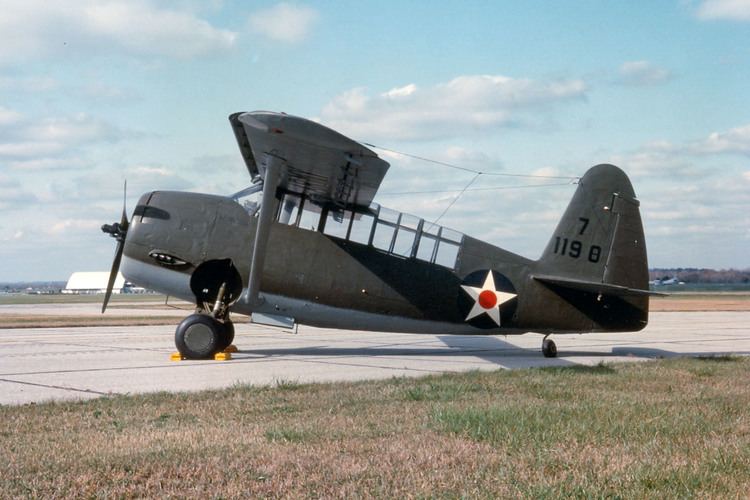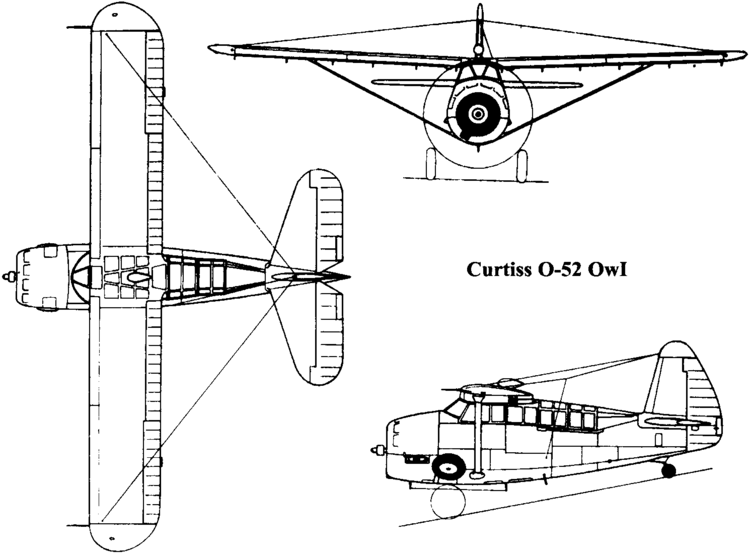Top speed 354 km/h Length 8.03 m | Wingspan 12 m Introduced 1940 | |
Manufacturers Curtiss-Wright, Curtiss Aeroplane and Motor Company | ||
Curtiss o 52 owl insane new plane ihlefeld update heroes generals prototype server
The Curtiss O-52 "Owl" was an observation aircraft used by the United States Army Air Corps before and during World War II.
Contents
- Curtiss o 52 owl insane new plane ihlefeld update heroes generals prototype server
- Curtiss o 52 owl at air force museum
- Design and development
- Operational history
- Operators
- Survivors
- Specifications O 52
- References

Curtiss o 52 owl at air force museum
Design and development

Developed in 1939, the Curtiss O-52 was the last "heavy" observation aircraft developed for the US Army Air Corps. The concept of the two-seat observation aircraft, classed as the "O" series aircraft, dated to World War I, and in 1940, the Army Air Corps ordered 203 Curtiss O-52s for observation duties. By 1941, the O-52 was no match for modern combat conditions.
Operational history

Upon delivery, the aircraft was used in military maneuvers with the USAAC, but following America's entry into World War II, the USAAF determined that the aircraft did not possess sufficient performance for "modern" combat operations in overseas areas. As a result, the O-52 was relegated to courier duties within the U.S. and short-range submarine patrol over the Gulf of Mexico and Atlantic and Pacific Oceans.

The O-52 was the last "O" type aircraft procured in quantity for the Air Corps. Following the attack on Pearl Harbor, the "O" designation was discontinued and the "L" series for liaison-type aircraft was adopted instead.

In November 1942, the USSR ordered 30 O-52 Owls through the Lend-Lease program. Twenty-six were shipped, with only 19 delivered as a number were lost on the North Arctic Route. Of these only ten were accepted into service. They were used operationally for artillery fire spotting and general photographic and observation platforms in north and central areas on the Russian Front during spring–summer 1943. One O-52 was shot down by Luftwaffe fighters. The aircraft was generally disliked in Soviet use although some were still flying into the 1950s.
Operators
Survivors
Specifications (O-52)
Data from American Warplanes of World War II
General characteristics
Performance
Armament
